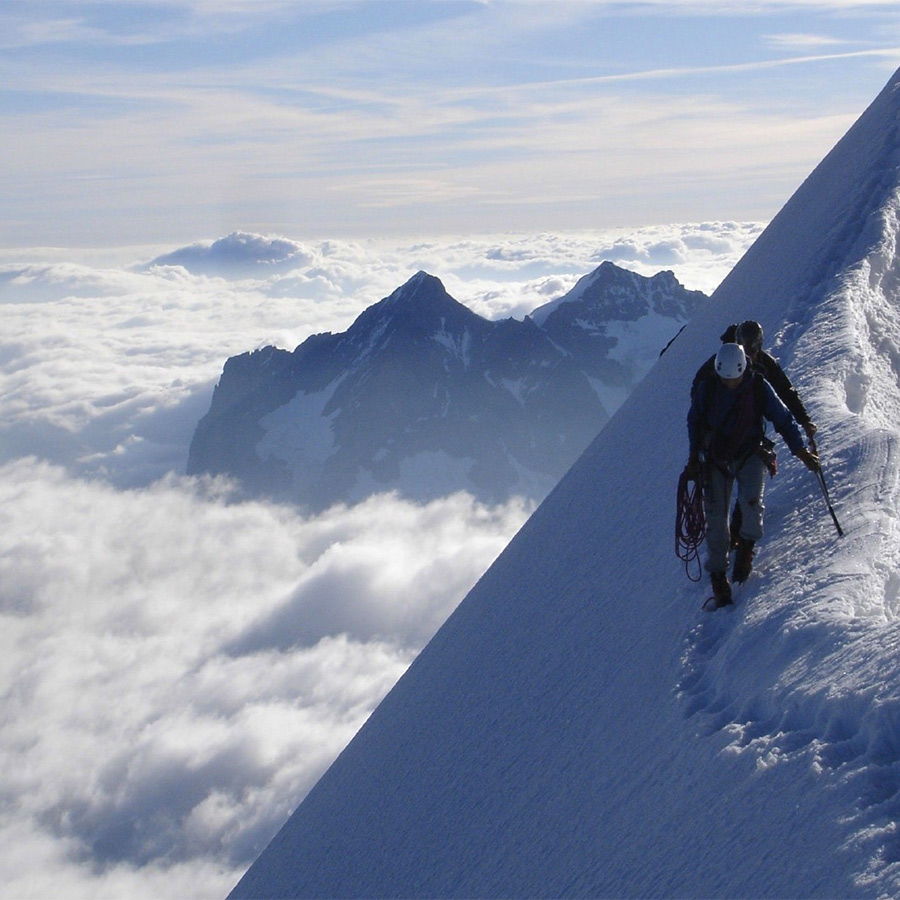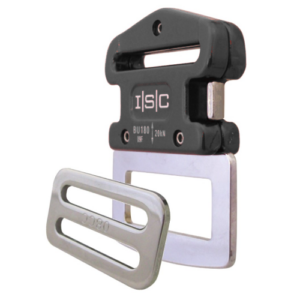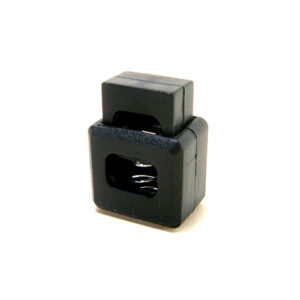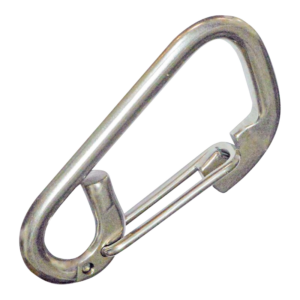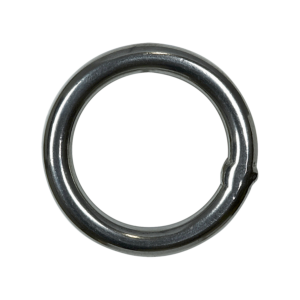We have put particular emphasis in our harness designs to give them high attachment points (see Attachment methods), ever since the very first Classic harness was made over 20 years ago. This prevents a climber from inverting in a fall, or in the event of a head-first fall, generally rights the falling person. Thus the chance of head injury is greatly reduced.
In the case of mountaineering a pack is being carried and the climber is much more top-heavy. A glacier roping-up technique, using coils of rope tied off around the chest, avoids this problem in crevasse falls, but there is a significant risk of head injury for a falling alpinist in other situations.
Many European climbers use a full harness to prevent this, but New Zealand climbers consider these impractical and cumbersome.
One option is use an Aspiring chest harness linked to the sit harness with a karabiner. Another solution is to use two slings – a standard length one doubled to connect to the harness, and a medium length one to fashion a figure-8 sling around the chest. After making the first loop over one shoulder the chest sling is passed through the two loops of the harness sling, and then the second loop is twisted before passing around the chest and opposite shoulder.
